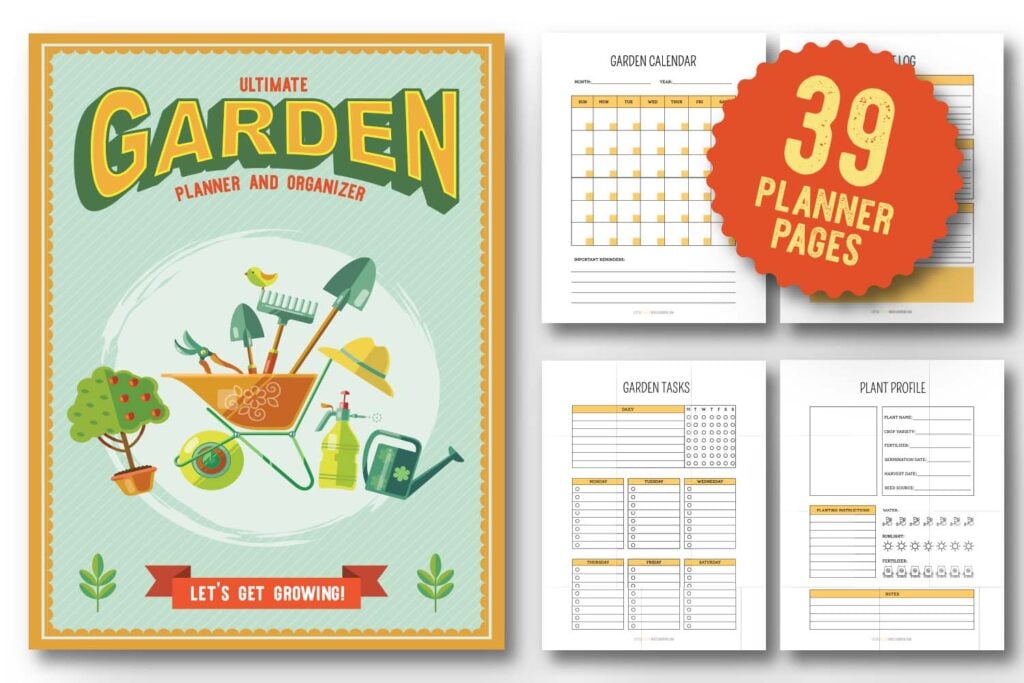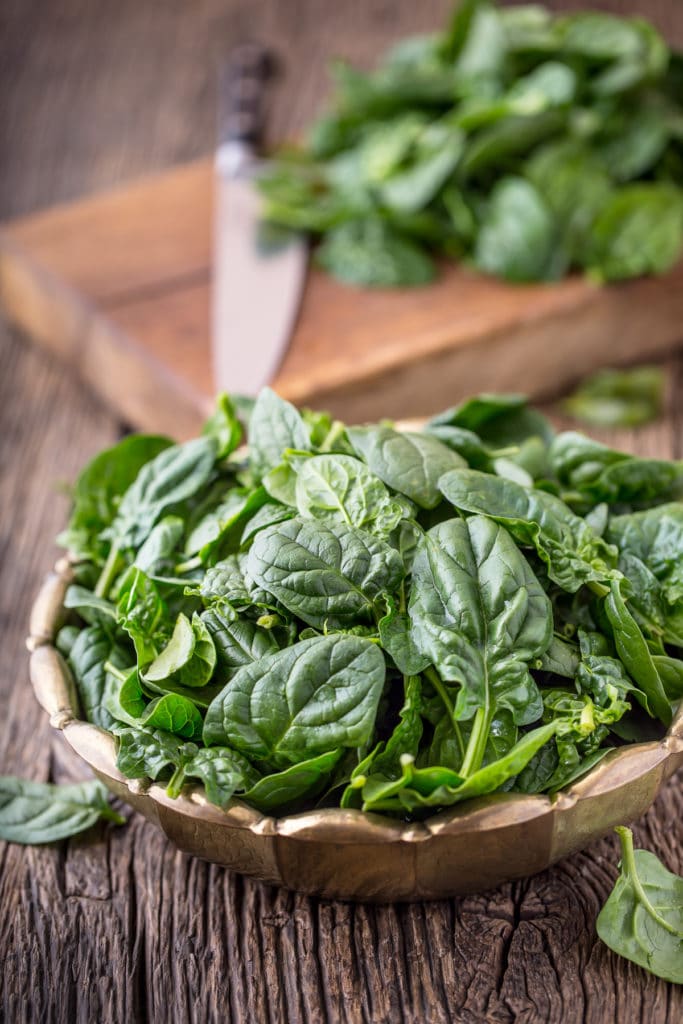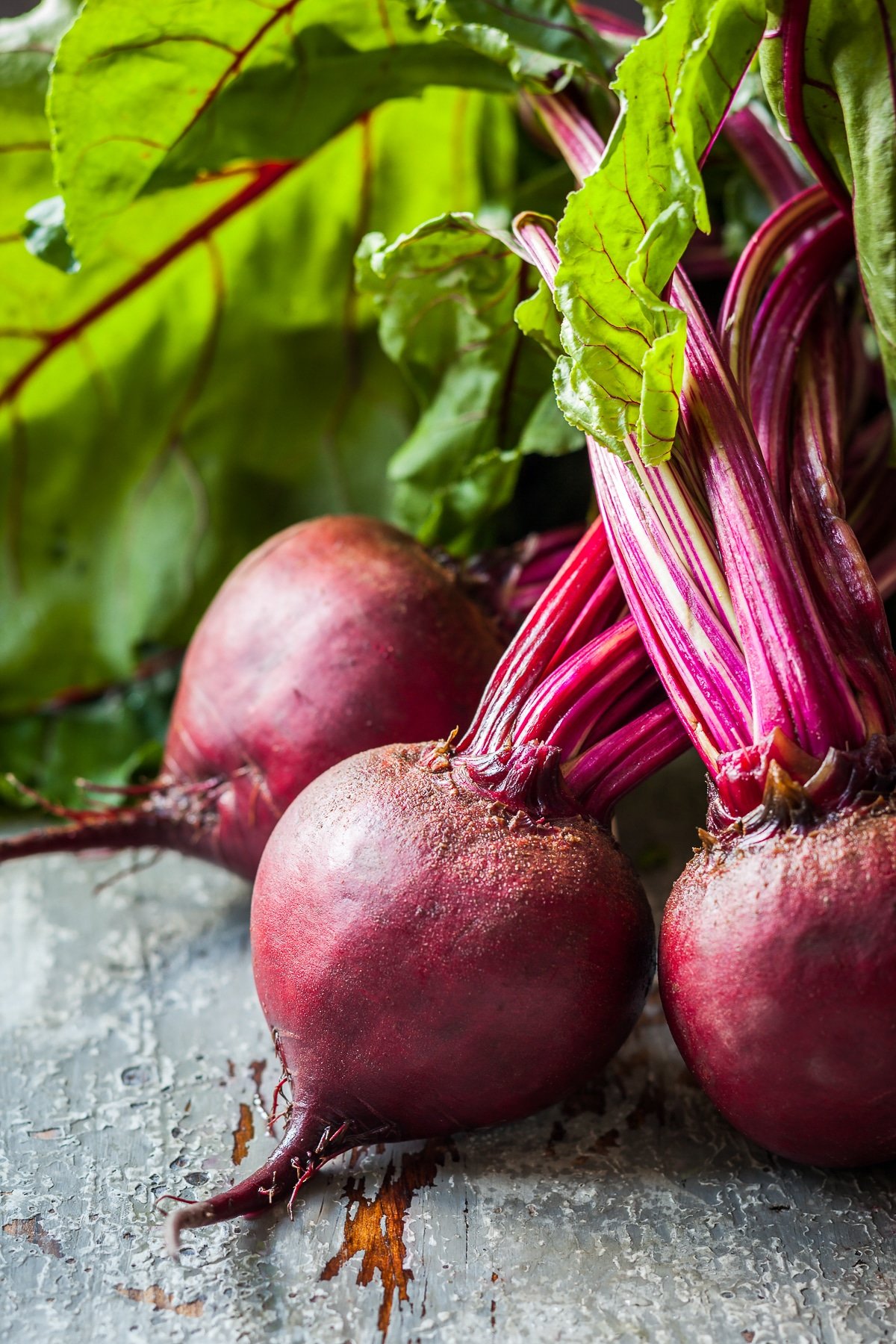31 Vegetables That Grow in Shade For Gardens Without Full Sun
Not every gardener has a perfect, south-facing sunny spot to grow their vegetables. If you find your gardening areas have more shade than sun-loving vegetables can tolerate, try planting this list of vegetables that grow in the shade.
Most vegetables need at least 6 to 8 hours of full sunlight each day to grow. However, if you are one of those people who have partially or mostly shady gardens, there’s good news! There are several shade-tolerant vegetables that you can plant that will thrive in your garden.
Shade can offer a couple of perks to the plants and veggies on this list.
First perk: Shade can offer relief from the intense summer heat for vegetables that prefer cooler weather.
Second perk: Shade can enable you to have both early and late harvests by allowing your vegetables to be planted in succession.
So if you have trees, a building, or something else that blocks sunlight from parts of your garden during the day, you don’t need to let those spots go to waste! Plant these shade-loving vegetables in those areas and watch them thrive while enjoying the fruits – or rather, vegetables – of your labor.
**This post was updated on January 28th, 2022 from the original publishing date of April 16th, 2020 to add in additional growing information.**

WHAT DO THE DIFFERENT TERMS FOR SUN EXPOSURE MEAN?
Depending on which compass direction your yard faces as well as the trees, buildings, and other sun-shading features you may have in your yard, you may have any combination of different sun exposure microclimates in your garden areas.
A microclimate is an area of your garden that is different from a spot next to it. For example, a place that receives full shade is different from a spot that receives full sun, even if they are just feet apart from each other.
Here’s a quick explanation of the sun exposure microclimates you may find within your yard.
FULL SUN
These areas receive at least 6 to 8 hours of sunlight between the hours of 10 am and 6 pm.
PARTIAL SHADE
Partial shade also referred to as partial sun, these areas receive approximately 4 to 6 hours of direct sunlight each day.
Dappled Shade
Light shade is sunlight that is partially blocked by the leaves of trees.
Deep Shade
Deep shade-tolerant vegetables will only require 2-3 hours of sunlight a day
FULL SHADE
Full-shade areas receive filtered sunlight throughout the day or very little to no direct sunlight. All vegetables need some light to grow, so a full shade area is not suitable for growing vegetables. Too much shade can create stunted growth, and or inhibit flower development.
SUN MAPPING
It’s a good idea to sun map your garden if the space is new to you, or if you’re planning your garden for the first time. The sun you see in winter is far different than the sun you actually get in the middle of summer.
There is a very handy sun mapping app you can use to plot your yard and see the changes in the sunlight during the day, week, and month.
It’s very surprising to see the difference in sunlight hours from season to season. Large trees, garages, and even your own home can have a significant impact on the available sun and shade.

Shade-Tolerant Vegetables To Plant In Your Garden
You can still enjoy vegetable gardening even if you have less-than-ideal sun exposure in your yard. Generally speaking, vegetables that grow from a blossom (tomatoes, cucumbers, melons) need full sunlight. However, leafy greens, some veggies that grow underground, and cold weather-loving vegetables can grow well in shady areas.
Here are the best vegetables that can grow in partial shade for your garden. If shade is the only space you have to start a garden, you can still grow a considerable amount of fresh produce.
BRASSICA VEGETABLES
This family of vegetables includes popular vegetable choices such as:
These cool-weather veggies thrive in partial shade, as they get too hot in full sun. Cauliflower needs at least some shade to go through the blanching process so that the head turns white. A bit of morning sun with some afternoon shade is the perfect combination.
Brassicas are cold-tolerant plants that should be started 10-12 weeks prior to your last frost date. Because they are frost-tolerant, your brassica seedlings can be planted outside about two weeks before the last frost date in your area.
This family of vegetables offers some beautiful varieties that may look wonderful in your shade flower garden too like flowering ornamental kale.

Shade Loving LEAFY VEGETABLE GREENS
Our favorite cool season crop is spinach. We direct sow seeds of this cool season plant all season long but continue to change the location of where we plant. Later succession plantings are moved to shadier and shadier areas.
Other leafy greens, like lettuce, swiss chard, mustard greens, etc should be planted in early spring but you can plant later, just ensure the spot is well-shaded to protect them from direct sun later in the season. Leafy vegetables plated with too much sun and too much heat will bolt early.
Arugula, endive, and watercress only require 3-4 hours of sun exposure per day.
Of all the vegetables that grow in the shade, leafy greens will grow the best in partial shade. Keeping these salad greens in the shade as the season gets hotter helps them to last longer and remain tender.
Shade also helps create cooler temperatures which will help prevent your leafy greens from bolting too early. A great shade vegetable for early spring planting, lettuce, for example, is completely content being tucked away in a shady spot in your vegetable garden.
Leafy vegetables can be sown directly in the garden starting mid-spring. If your summers are cool you can plant out until mid-September. If you want to get an early jump on the growing season, start seeds four to six weeks before the last frost date in your area.

Asian Greens Planted in Full Shade
Asian greens such as bok choi, tatsoi, and pak choi do exceptionally well in deeply shaded areas. They enjoy ambient light and only require 2 hours of sun per day.
- Bok choi
- Tatsoi
- Pak choi

ROOT Vegetables that grow in shade
Root vegetables, like potatoes, are considered a long-season crop and can usually handle a light frost. These are harvested as a fall crop, right before the first hard frost.
Root vegetables that grow well in partial shade include:
Growing root vegetables in partial shade may take a little longer for them to reach full maturity, but it also keeps them from bolting as quickly. If you just can’t (or want) to keep waiting, you can harvest root veggies before they reach full size to enjoy “baby” versions.
Also, feel free to enjoy the leafy greens of carrots, turnips, radishes, and beets.
Root crops also usually do quite well grown in containers or a garden bed. The great thing about growing your shade vegetables in containers is you can move them around to either shade from the sun, or place them in the sun as required.
Direct sow your root crops for strong healthy plants in early spring. Most root vegetables do poorly when transplanted. Loosen the soil and remove rocks so that your root vegetables can grow. Planting carrots in a rocky bed is a surefire way to get gnarly-looking carrots! And lastly, keep an eye out for weeds throughout the season. Weeds will flourish in damp shady areas and can choke out your seedlings and or make it difficult for your plants to mature.

BEANS AND PEAS
Growing beans and peas in partial shade will lengthen their growing season. Just remember to pick them to encourage continued growth regularly.
Bush beans and peas also grow exceptionally well in pots, allowing you to move them out of the sun as required. If planted in direct sunlight beans and peas can overheat
Seeds are best sown outdoors any time after the last frost date when soils have warmed. Don’t plant too early, as cold soil will delay germination and could cause the seeds to rot.
Harvest peas frequently through the growing season to ensure a consistent bounty.
Beans and peas make wonderful companion plants for cucumbers. Planting nasturtiums around the base of the pea and bean plants can be a preventative step for controlling pests.
See: Benefits of Planting Nasturtiums

Quick Reference- List of 31 Vegetables That Grow in Shade
In case you’re in a hurry, here’s a quick reference for you to have on hand. This is an alphabetical list of shade-tolerant vegetables so you can find what you’re looking for quickly.
- Arugula
- Asparagus
- Beets
- Bok Choi
- Broccoli
- Brussels Sprouts
- Cabbage
- Carrots
- Cauliflower
- Celery
- Cabbage (loose varieties like Chinese cabbage are best)
- Collard greens
- Endive
- Kale
- Kohlrabi
- Leeks
- Lettuce
- Mustard Greens
- Parsnip
- Pak Choi
- Peas
- Potatoes
- Radish
- Rhubarb
- Rutabaga
- Scallions
- Spinach
- Swiss Chard
- Turnips
- Tatsoi
Tips to Help Vegetables That Grow in the Shade Thrive
Growing vegetables in shade can present its own unique set of challenges. Here are some helpful tips to help you achieve success.
Ensure Good Soil
Plants that don’t receive food through sunlight need good soil to receive their necessary nutrients. If you don’t have good soil in the area of your garden where you want to grow your shade vegetables, amend it with nutritious, good-quality compost. I like to add a handful of worm compost directly to my planting hole, as well as organic compost and rock dust added directly to the soil before planting.
Right Amount of Water
Shade areas require very different levels of watering than full sun areas need because moisture doesn’t evaporate as quickly. Get to know the water requirements of your shady areas, as nearby trees can drink up a lot of water, and the leaves may prevent rain from reaching the garden area.
Maturation Time
Vegetables that are growing in shady areas but prefer more sun will mature slower than they would if they were growing in full sun. Expect longer times than what is printed on the seed packets for these vegetables.
Space Apart Appropriately
You do not want your vegetables to be overcrowded. Each type of plant requires a certain amount of room to root and grow. The U.S. Department of Agriculture created a handy guide to plan your garden here.
- Learn More: You may be interested in square-foot gardening, where the spacing is much more condensed and produces larger harvests with less pest and weed pressure. Check our guide on square-foot gardening and what we consider the pros and cons of this particular gardening method.

Create The Vegetable Garden Of Your Dreams
If you long for a vegetable garden but lack great sunshine-filled growing areas, you can still have an excellent growing season by planting vegetables that grow in the shade.
The shade-tolerant vegetables on this list offer a nice variety to your garden in flavor and visual beauty. I hope you found some veggies on this list that you can’t wait to grow this year.
Tag us on social to see your gardens! We love to see other gardens, small, big, shade or sun, so tag us to see yours.
If you have any suggestions or comments, feel free to add them below!
And we have lots of gardening inspiration on the site for you to check out as well:
- Vertical Vegetable Gardens – High Yields In Less Space
- Vegetable Container Gardening: 15 Veggies to Grow in Pots
- Spring Gardening: Here’s Everything You Need To Know
- 6 Garden Ideas for Small Spaces and Maximum Yields
- 11 Of The Best Vegetables To Grow Indoors (2022)
- 21 Fast Growing Vegetables You Can Grow in Under 60 Days
- How to Can Tomatoes Whole
- Jalapeño Scoville Heat Ranking – How Hot Are Jalapeno Peppers?





